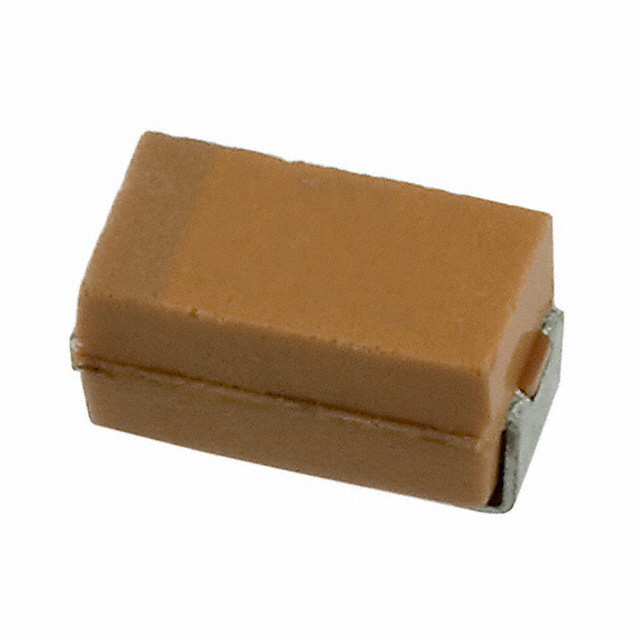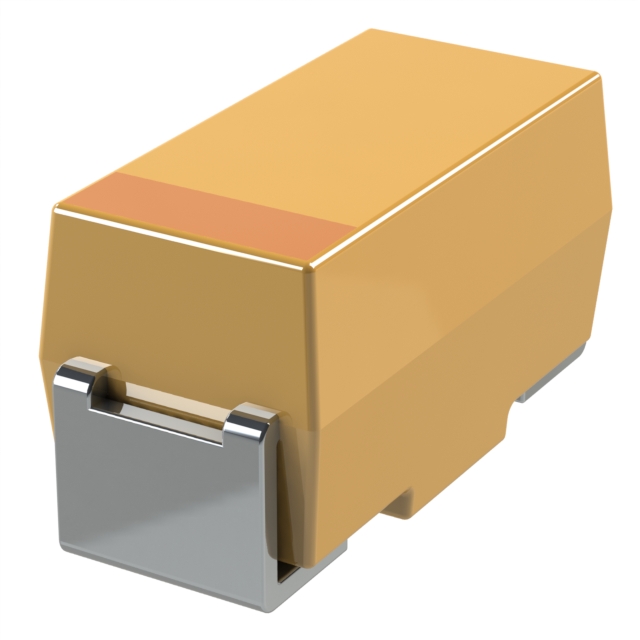

What is a Memory Card? Definitive Guides and Types

What is a Memory Card
In addition to cameras, smartphones, tablets, and gaming consoles, memory cards are widely used as compact, portable storage devices. Regardless of whether it is for personal or professional use, these cards are indispensable for storing and transferring digital data, such as photos, videos, music, and documents. Technology has improved memory cards' speed, capacity, and durability, enabling the storage of increasingly large amounts of data in a digital world. Throughout this guide, you will learn how memory cards work, what their key features are, and how they can be used, helping you to decide which card is right for your device.
What is a Memory Card?

What is a Memory Card?
There are many electronic devices that use memory cards to store digital data. Data can be retained even when power is shut off with flash memory cards. Users can save and transfer files such as photos, videos, music, and documents using memory cards in devices like cameras, smartphones, tablets, laptops, and gaming consoles. Due to their lightweight and compact size, portable hard drives are ideal for carrying large amounts of data without adding bulk to a device.
Memory cards come in a variety of sizes and formats, each designed for a specific device and storage need. Memory sticks come in various sizes, capacities, and speeds. The most common are SDs (Secure Digital), microSDs, CFs, and Memory Sticks. In recent years, memory cards have become increasingly capable of offering high-density storage capacities and high-speed data transfer rates that enable quick reading and writing. Taking into account today's diversified needs of both casual users and professionals, memory cards are a vital component of managing digital data.’ You can also check out: Integrated Circuits and Guide to Supercapacitor.
Types of SD Card
SD cards are popular memory cards used by various devices to store digital data. Each is designed to meet specific needs and requirements, and they differ in type and specifications. A detailed explanation of SD cards can be found here:
SD (Secure Digital) Card
A SD card's original storage capacity was between 128 MB and 2 GB, introduced in 1999. In older cameras and portable media players, this standard card is primarily used. Although SD cards have limited storage capacity by today's standards, they laid the groundwork for subsequent advances in flash memory. It is easy and effective to transfer files between devices using SD cards, which are suitable for basic data storage needs. However, as technology has improved, more advanced formats have emerged to accommodate higher-capacity cards.
SDHC (Secure Digital High Capacity) Card
This new card, introduced in 2006, offers storage capacities ranging from 2GB to 32GB, expanding upon the original SD card. Cards of this type can be used in mid range cameras, smartphones, and other portable devices that support the SDHC format. With the SDHC card, you can organize and manage larger files more easily using the FAT32 file system. As digital media continues to grow in size and complexity, the larger storage capacity makes it ideal for users requiring more space for high-resolution photos, videos, and applications.
SDXC (Secure Digital eXtended Capacity) Card
SDXC cards were introduced in 2009 and offer capacities ranging from 32 GB to 2 TB. Cameras and camcorders with high-definition video and large image files require large amounts of storage, such as this type of card. In addition to storing files larger than 4 GB, SDXC cards are compatible with video recording at higher resolutions and bitrates thanks to the exFAT file system. Data transfer speeds are also higher in the SDXC format, making it ideal for tasks like burst photography and 4K video recording that require rapid access to large files.
MicroSD Card
Compact devices, like smartphones, tablets, drones, and action cameras, can use microSD cards, a smaller version of the standard SD card. There are three kinds of microSD cards: microSD (up to 2 GB), microSDHC (2 GB to 32 GB), and microSDXC (32 GB to 2 TB), mirroring their larger counterparts in terms of capacities. In devices with limited internal storage, their versatility and small size have made them incredibly popular. Apps, multimedia files, and other data are often stored on MicroSD cards, which make mobile devices more functional and storage-capable.
SDUC (Secure Digital Ultra Capacity) Card
SDUC cards were introduced in 2020, marking a major advancement in the SD card family. As digital content continues to expand, it is ideal for future-proofing data storage needs with capacities ranging from 2 TB to 128 TB. Professional photography, 8K video recording, and extensive data storage are all possible with SDUC cards. SDUC cards also support the exFAT file system, which allows them to handle large files and transfer data at high speeds. Despite not yet being as common as their predecessors, SDUC cards play a crucial role in the evolution of memory storage solutions due to the growing demand for massive storage capacities.
How Do Memory Cards Work?
Structure and Components
An essential component of a memory card is flash memory, which is nonvolatile and retains data even when turned off. Floating-gate transistors are the building blocks of flash memory. In binary data (0s and 1s), these cells can store electrical charges. In addition to the memory card itself, a controller chip coordinates data flow and manages data reading and writing during insertion.
Data Storage Process
Memory cards are connected to flash memory via controller chips, which direct the data to specific cells. There are binary 1s and 0s for each memory cell, which is represented by its charge. Voltage is applied to memory cells to gain or lose charge in the process of writing data. Controlling the activation of specific cells allows the controller to store data precisely.
A file system is used to store and retrieve data once the data is written to the memory card. For SDHC cards and SDXC and SDUC cards, the most common file systems are FAT32 and exFAT. Users can access and manage their data efficiently using these file systems, which organize and organize files and directories.
Data Retrieval Process
The controller chip reconstructs the original data from the stored charges in the memory cells when data is retrieved from a memory card. A charge (representing a 1) or discharge (representing a 0) is determined for each cell in this process. After reassembling the retrieved bits, the controller assembles them into the original file format for display or use by the connected device.
Speed and Performance
Depending on the design and technology of the memory card, its speed and performance will vary. Many speed standards are used to classify speed, including Class, UHS (Ultra High Speed), and V (Video Speed Class). In terms of video recording, burst photography, or file transfer, these classifications indicate the minimum data transfer speed that a memory card can achieve. Whenever data access and storage are required, high-speed cards are essential, as they ensure smooth operation.
Durability and Longevity
Physical stress and environmental factors are not a problem for memory cards. Their durability makes them suitable for use in a variety of conditions, including shock, water, and dust. The endurance of flash memory, however, can affect the longevity of the card due to its limited number of write and erase cycles. Data loss can result from repeated writing and erasing of cells, which may wear out over time. As part of the controller, manufacturers often utilise wear leveling and error correction techniques for extending the card's life and maximizing performance.
Wrapping Up
A memory card is a versatile, efficient, and portable storage solution that plays a crucial role in the digital landscape. Having an understanding of memory cards, including SD, SDHC, SDXC, microSD, and SDUC, helps users choose the right one to meet their individual storage needs, whether they are using it for casual purposes in smartphones or cameras or for professional purposes. Data transfer rates will increase along with memory card capacities as technology advances. We live in a world where memory cards facilitate the seamless transfer and storage of information in our increasingly digital age, as they have the ability to store and manage an increasing array of digital content.
Subscribe to JMBom Electronics !












